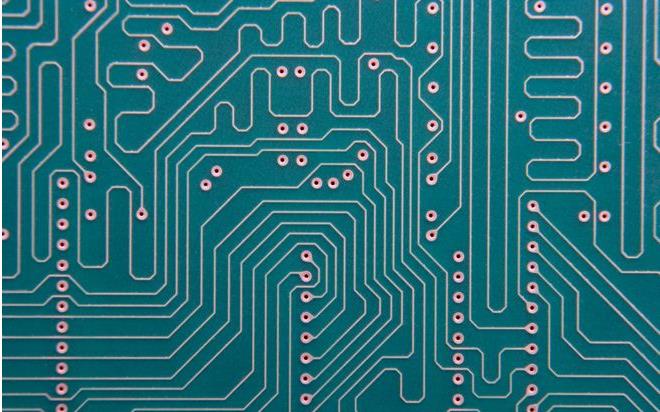In the automotive field, FPC can significantly reduce weight. As Tesla takes the lead in large-scale applications, automotive FPC has introduced a large number of new energy vehicles. FPC has the characteristics of small size, light weight, easy installation, and bending resistance. The core demand of new energy vehicles is the cruising range. By replacing the traditional enameled wire with FPC, the weight can be greatly reduced, and the mileage can be increased under the same battery capacity. At the same time, there is a demand for special-shaped connections in car lights, BMS and other systems, so FPC has begun to accelerate its popularity in automotive electronics.
At present, FPC is mainly used for low-level body devices or on-board devices such as LED lights, gearboxes, BMS, on-board displays, entertainment information systems, etc. The number of layers is mainly 2 and 3 layers. The main global suppliers are Qisheng and Multek. MFLX is also actively deploying. Driven by the four major trends of networking, entertainment, energy saving and safety, the application of LED lights, entertainment information systems, and image sensors in automobiles will be further improved, and the application prospects of automotive FPC are very bright.
Emerging needs such as automotive electronics are expected to become the main growth momentum of FPC in the future. The global electronics industry has entered a plateau of the market. Similar to the PCB industry, the growth momentum of the FPC segment in the future will gradually switch to emerging needs such as automotive electronics.

As the global automotive industry gradually moves from electronics to a new era of automation, the output value of automotive PCBs will also be driven to climb. The product certification cycle is long and the entry barrier is high. However, once the product is certified by the customer, it will become a new breakthrough for the company’s revenue growth, and the performance will be significantly improved. The industry has a high entry threshold and the future industry concentration It is expected to continue to improve.
In 2009, the output value of automotive PCB products accounted for 3.7% of the overall PCB output value. By 2018, the proportion has increased significantly to 9.2%, reaching 5.5 billion U.S. dollars; it is expected to reach 6.8 billion U.S. dollars in 2019, and the 2016-2020 CAGR will reach 6.7%.
The output value of automotive PCBs reached 5.6% in 2018-2023 CAGR. On the whole, the automotive PCB market scale in the next five years will fully benefit from the upgrading of the automotive industry in the context of the Internet of Vehicles. The market scale will achieve rapid growth and become the fastest growing downstream area for PCB products. The demand for automotive PCBs is mainly concentrated in PCB multilayer board, FPC two major pieces.
In 2018, the global automotive electronics output value reached 226 billion U.S. dollars and is expected to reach 235 billion U.S. dollars in 2019, an increase of 4.0% year-on-year. The output value of China's automotive electronics in 2019 is expected to be 96.2 billion U.S. dollars, accounting for 40.9% of the global share. It is estimated that the CAGR of global automotive electronics output value will reach about 6% from 2019 to 2023, making it the fastest-growing downstream area of PCB products. China's automotive electronics market is expected to become the main battlefield of global automotive electronics, and automotive PCB and FPC products will also benefit simultaneously.
Automotive PCB, like the traditional PCB business, is still dominated by US, Japanese and Taiwanese companies. Companies with higher sales of automotive PCBs include Taiwan-owned Jingpeng and Tripod, U.S.-owned Schindler (TTMTech.), and Japanese-owned CMK, MEIKO and Qisheng.
With the development of two-wheel drive for automobile electrification and intelligence, the automotive PCB market has increased. The demand for high-frequency and high-speed has caused structural changes in the automotive PCB market. The growth of high-frequency and high-speed PCB is relatively larger, the technical barriers are higher, and the market concentration is greater. On the one hand, the electronicization of automobiles increases the PCB requirements of the electronic control system compared with the traditional fuel engine drive system. On the other hand, the core of the new energy automobile is the battery, motor and electronic control. Compared with the traditional automobile, its electronic ratio A substantial increase. These two factors have increased the use of PCBs in the automotive industry. The global automotive PCB market has increased from US$2.8 billion in 2009 to US$4.9 billion in 2015, with a compound annual growth rate of 9.78%. By 2018, it has been close to 6 billion. Dollar.